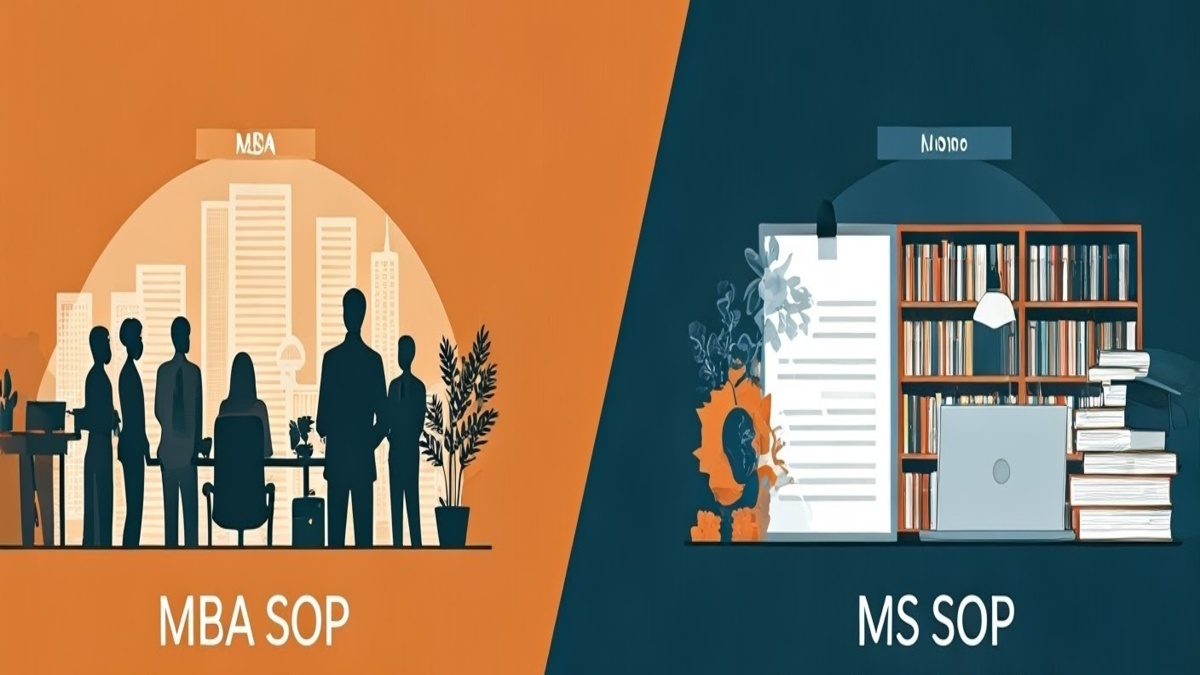Navigating language tests can be hard. Knowing the differences between IELTS, PTE, and TOEFL is important for people who want to show their English language skills. These tests are essential for moving to other countries and for education. They have different formats, scoring methods, and structures. By looking closer at each test, you can find out which one fits your skills and needs best. Let us start this journey to get rid of confusion about IELTS, PTE, and TOEFL.
Key Highlights
- Understand the differences between IELTS, PTE, and TOEFL to choose the right language test for your needs.
- Explore the unique test formats and sections of each exam to tailor your preparation effectively.
- Get insights into scoring patterns to comprehend the evaluation criteria and scoring systems of IELTS, PTE, and TOEFL.
- Discover tips for improving your test scores and guidance on how to select between computer-delivered and paper-based formats.
- Uncover which test is widely accepted at universities in India and gain clarity on retaking test sections individually.
IELTS, PTE, and TOEFL Overview
The understanding of the differences between IELTS, PTE, and TOEFL is very important for test takers who wish to show their language proficiency. IELTS is known for creating global chances. PTE uses a modern way to assess language skills. TOEFL is the standard test for non-native speakers in academic settings. Each test has its specific features that meet different needs. It is key for test takers to select the test that fits their goals best. This section will give a complete overview of these main language tests.
| Test | IELTS | PTE | TOEFL |
| Purpose | Global opportunities | Modern assessment of language skills | Standard test for non-native speakers |
| Format | Listening, Reading, Writing, Speaking | Speaking and Writing assessed by computer | Reading, Listening, Speaking, Writing |
| Scoring | Band scale (0-9) | 10-90 score range | 0-120 score range |
| Validity | 2 years | 2 years | 2 years |
| Fees | £170 - £200 (varies by country) | £150 - £200 (varies by country) | £160 - £250 (varies by country) |
By comparing these tests in a table format, test takers can easily see the differences and choose the one that aligns with their goals and preferences.
IELTS: Bridging Global Opportunities
For those interested in exploring new opportunities around the world, IELTS, or the International English Language Testing System, is a step of utmost importance. Many consider IELTS as a proof of a person's proficiency in the English language. This becomes highly significant for studying, working, or moving to another country. IELTS helps people go to places like New Zealand, the United States, and the United Kingdom. As one of the most accepted tests around, IELTS gives a trustworthy way to check English proficiency, which is key for success in an international environment.
Important points to consider for IELTS:
- Understand the pattern of the test. Usually, the test consists of four parts: Listening, Reading, Writing, and Speaking. Practice daily to bring your standards in English up while getting used to the pattern of the test.
- Make yourself acquainted with the scoring criteria and know what is a satisfactory score according to your demands, say, for university or visa applications.
- You may avail of any preparation course and study material to prepare effectively.
- Register for the test in advance to ensure your desired test date and location.
PTE: A New Age Language Test
The Pearson Test of English is a new-generation, high-tech method to test your English skills. It is completely online and uses artificial intelligence to check how well you can use the language. PTE is designed for today’s fast-paced world. It makes testing easy and quick for test takers. This modern way of testing set PTE apart as a leading choice for proving your English language proficiency.
Important points to consider for PTE:
- PTE delivers results in the shortest time possible, typically within 5 business days, which is helpful for candidates with tight deadlines.
- It is a computer-based test and uses the latest technology to provide a smooth experience.
- PTE is highly accepted by universities and colleges worldwide, making it a good option for international students.
- The test format would include speaking, writing, reading, and listening to ensure that all aspects of English language skills are evaluated comprehensively. PTE offers flexible test dates and locations, and a test taker can select any time and place that suits them.
TOEFL: The Academic Benchmark for Non-native Speakers
The TOEFL is a challenging test for foreigners who wish to test their competence in the English language. This test is quite popular and widely recognized, particularly by American universities. The TOEFL IBT tests all essential language skills that would assure a person of success in university. It tests one's reading, listening, speaking, and writing abilities in a school setting, hence it can be termed as a suitable means of displaying one's language capabilities by international students. Because it focuses on academic tasks, the TOEFL is a top choice for those who need to prove their English proficiency for school or immigration purposes.
Important points to consider for TOEFL:
- The TOEFL is widely recognized by universities and institutions in English-speaking countries.
- The test is computer-based and taken online, meaning it can be scheduled.
- The scores are valid for two years, which means students get ample time to use them for their academic or immigration purposes.
- Preparing for the TOEFL should involve all four language skills, namely reading, listening, speaking, and writing, within an academic context.
- The test-taker needs to know how the TOEFL IBT is set up and needs to work with sample questions to raise their level of performance when they get to test day.
Analyzing the Test Formats
Original Content: IELTS offers a paper-based test and a computer-based test. That way, test takers have an option. PTE differs in that it provides a fully computer-based test. This makes it current and new for language evaluation. TOEFL has internet-based test (iBT) and paper tests. This caters for different preferences among the people taking the test. In knowing these different formats, they can choose the best examination for them. Each one has special features that have been designed to meet the needs of candidates.
Table comparing the test formats:
| Test | Format |
| IELTS | Choice between paper-based and computer tests |
| PTE | Fully computerized test experience |
| TOEFL | Options include Internet-Based Test (iBT) and paper tests |
IELTS: Paper-based and Computer-delivered Tests
For the IELTS, test-takers can choose between the traditional paper test or the easy computer test. The paper test is the classic way to take the exam. The computer test is a modern option that changes how you are assessed. This choice helps people pick the format that suits them best. Both tests check the same language skills, but they deliver them in different ways to meet everyone's needs.
PTE: Fully Computerized Test Experience
The Pearson Test of English or PTE is a computer-based test. It conducts the latest technology in the assessment of language proficiency. Test takers complete different tasks and questions through a computer. This makes evaluation easy and quick. English skills, including listening and speaking, are measured accurately using PTE in a digital setting. The system scores automatically, giving fast and precise results that truly show what the test taker can do.
TOEFL: Internet-based Test (iBT) vs Paper-delivered Test
TOEFL lets people choose between two types of tests: the internet-based test (iBT) and the paper-delivered test. This makes the iBT test quite more interactive and provides a very lively way to assess your skills. It is ideal for students who are comfortable with using their technology. The paper test is much more traditional. This might prove to be better for someone who likes to use pen and paper. Know the difference between these tests. Pick the one that suits you based on your needs and comfort with technology.
Section-wise Comparison for Clarity
In IELTS, PTE, and TOEFL, each test looks at different language skills.
| Section | IELTS | PTE | TOEFL |
| Reading | Tests understanding of the material | Assess how well you understand the text | Measures ability to comprehend written content |
| Listening | Checks interpretation of sounds and words | Tests how you interpret spoken English | Evaluates ability to understand spoken English |
| Speaking | Measures ability to communicate | Assesses speaking and pronunciation skills | Tests oral communication skills |
| Writing | Demonstrates ability to express thoughts clearly | Shows proficiency in written English | Evaluates writing skills |
Knowing these differences can help you pick the test that fits your strengths and study habits. Excelling in each section is important for getting high scores in these competitive language proficiency tests.
Reading Section: Strategies and Tips
- Look over the passage before reading it closely. This helps you get the main idea quickly.
- Use hints from the context to understand any new words instead of focusing too much on each one.
- Create mental summaries as you read. This will help you remember what you have read.
- Focus more on the main idea than on every small detail.
- Use active reading methods to connect with the text.
- Improve your vocabulary by writing down new words to review later.
- Make a plan to manage your time so you can spend enough time on each part.
Listening Section: Navigating Accents and Contexts
To perform well in the listening section of language tests such as IELTS, PTE, and TOEFL, you must be able to understand different accents and situations. This section of the test assesses your comprehension skills using various audio, such as academic lectures and everyday chats. Getting used to different English accents and noticing the different contexts in the listening tasks is key for high scores. Good listening skills are important, not just for the tests but also for real-life conversations. This makes it an important part of language proficiency assessment.
Speaking Section: Human Interaction vs Automated Responses
There are huge differences of the way people interact when answering the speaking part in a language proficiency test, be it IELTS, PTE, or TOEFL. In IELTS and TOEFL, exam candidates normally talk face-to-face to the examiners. This setting enables them to engage with everyday conversations. However, PTE requires a different kind of interaction by automatically responding. The testees for PTE speak into a microphone; their answers are graded by an AI. Knowing this difference will help test takers choose the test that suits their comfort level and how they prefer to communicate.
Writing Section: Expressing Ideas Clearly and Concisely
The writing section in language proficiency tests needs clear and simple expression of ideas. It checks how well test takers can organize their thoughts in a clear order within a short time. To do well in this section, candidates need to have good grammar, vocabulary, and sentence structure. Being precise in sharing ideas is very important. This shows their skills in the English language. Practice tests can help improve writing skills. They offer useful tips to make content better and easier to understand.
Scoring Patterns: Understanding the Evaluation Criteria
Tests to measure language skills include IELTS, PTE, and TOEFL. Their methods of scoring language skills are different. IELTS uses band scores while PTE uses digital scoring and TOEFL has different sections which have score ranges. All of these tests have different methods of scoring, and all of them focus on parts of language skills. Understanding all these scoring methods will guide people to prepare better using their study methods.
| Test | Scoring Method | Focus Areas | Good Scores to Consider |
| IELTS | Band scores | Listening, Reading, Writing, Speaking | 7.5 or above |
| PTE | Digital scoring | Speaking, Writing, Reading, Listening | 80 or above |
| TOEFL | Score ranges | Reading, Listening, Speaking, Writing | 100 or above |
By understanding the scoring patterns of each test, test takers can tailor their preparation strategies to achieve better results.
IELTS: Band Scores Explained
Band scores in IELTS range from 0 to 9, representing various levels of proficiency in English. A score of 9 means you are an expert, while a score of 1 means you are a beginner. These scores take into account language skills in four areas: listening, reading, writing, and speaking. They give a full picture of what the test taker can do. Knowing these band scores is important. It helps in setting realistic goals and improving English proficiency. Test takers should work on their skills to reach the band score they want.
PTE: Digital Scoring and Its Implications
Digital scoring in PTE changes how we assess language skills. It removes human bias from the process. With AI algorithms, PTE measures language proficiency fairly. This method ensures that evaluations are consistent. The automated system improves the reliability of results and makes the process faster. Test-takers get instant feedback. Moving to digital scoring means we are using modern evaluation techniques in language testing. This offers a fair and clear assessment experience for candidates, which fits well with the needs of today’s digital world.
TOEFL: Score Ranges Across Sections
The TOEFL test checks candidates in four main areas. Each area is scored on its own. The Reading section has scores from 0 to 30. The Listening section also scores from 0 to 30. For speaking, candidates get scores from 0 to 30 as well. The Writing section also has a scoring range of 0 to 30. Test-takers need to understand these score ranges to do well on the TOEFL exam.
Conclusion
In short, picking between IELTS, PTE, and TOEFL depends on what you need and prefer. IELTS is a classic and well-known method. PTE gives modern testing that is fully computerized. Meanwhile, TOEFL is famous for being tough for academic reasons. Think about your strengths and which format suits you best. Each test has its features and benefits. Choose the one that shows your language proficiency well.
FAQs
Which test is more accepted for universities in India?
Many universities in India mainly accept the IELTS for admissions. Among IELTS, PTE, and TOEFL, it is the most recognized. IELTS is preferred for checking the English proficiency of students.
Can I retake sections of the tests individually?
How to choose between computer-delivered and paper-based formats?
What are the key differences in speaking sections among these tests?
Is TOEFL or PTE easier than IELTS?
Is IELTS or TOEFL required for Australia?
Is PTE tougher than IELTS?
How long should you study for IELTS vs TOEFL or PTE?
Are there any specific test formats unique to each exam among IELTS, PTE, and TOEFL?
How do the scoring systems of IELTS, PTE, and TOEFL differ?


